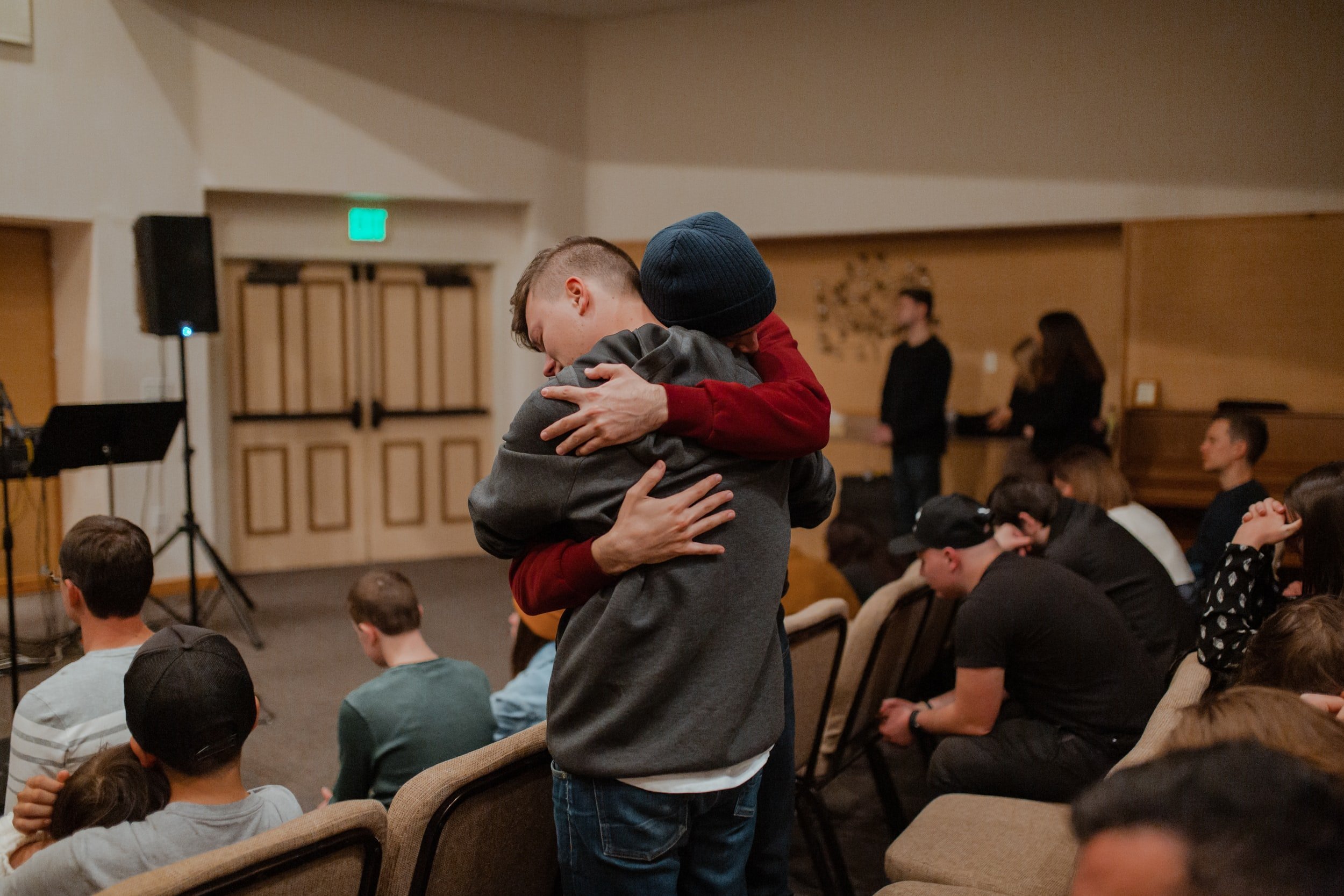What We Talk About When We Talk About Middle School
As Gen Xers entered and passed through adolescence in the ‘90s, they got a glimpse of what coming of age was like in the late ‘60’s through the eyes of Kevin Arnold and Winnie Cooper, the main characters on The Wonder Years. What they - and the countless viewers who’ve watched the Emmy award-winning series - since found was that the world around them had changed, but puberty and the middle school years hadn’t. As the particular upheaval of the 1960s and ‘70s unfolded around them, the show’s characters also experienced familiar turbulence and triumphs of early adolescence: exploring new interests, forming new relationships, and, discovering who you want to be in the world, all while your body is rapidly changing and maturing. By depicting middle school years as a time of discovery and yes, wonder, the show challenged our expectations about early adolescence.
What made The Wonder Years so compelling, both for nostalgic Boomers and Gen Xers who were the same age as the show’s stars, was how accurately it captured the experience of becoming an adolescent. The first few seasons were full of early adolescent milestones. Kevin had his first (and second and third) crushes, dealt with awkward physical changes, and experienced evolving relationships with friends and family. The show also tackled some of the higher-stakes events in adolescence like bullying, drinking, and difficult break-ups. Kevin and his friends sometimes made mistakes, faced disappointment, tested their own limitations, and failed. In The Wonder Years, early adolescence was often difficult and confusing, but it was also a time of transformation and discovery and joy. Both the difficulties and the joyful discoveries are critical to healthy adolescent development. They also make for very good television.
In 2021, ABC rebooted The Wonder Years, this time focusing on a Black middle-class family living in Alabama in the same period as the original series. Like the original series, it promises to share the ubiquitous moments that add up to the experiences of early adolescence—the “little things,” says the trailer: first crushes, first kisses, new experiences, newfound freedoms. The change in location and race of the family suggests that the show will also depict challenges that the white, middle-class Kevin and friends never faced (this will be explored further in a future blog).
Our research has identified the need for a new narrative around early adolescence, one that recognizes it for the remarkable period of discovery it is. People already think that adolescence is a difficult, risky time when we either need to be protected from ourselves, or we just need to “get through it” to the better parts of our lives. We need more shows like The Wonder Years, shows that portray early adolescence in realistic, sensitive (but still funny) ways. Of course, these depictions should also evolve to explore LGBTQ+ identity, racism, and other topics that were still backgrounded or even unspoken on network television in the late 1980s.
Here are some ways to tell better stories about early adolescence that show audiences what a remarkable time of opportunity - and wonder - it really is:
Accentuate the positive. Too often, narratives about early adolescence focus on negative stereotypes, emphasizing risk and vulnerability rather than opportunity. Instead, look for balance: when portraying the typical trial and error of early adolescence, avoid the temptation to overplay the ridicule angle and balance it with stories of resilience.
Avoid depicting stereotypical bullying and peer-pressure scenarios and instead show positive, supportive peer relationships. Early adolescent relationships are about much more than peer pressure—friends help us explore our identities and are crucial sources of support. And when depicting the joys and heartache of crushes, first kisses and break-ups, don’t belittle these experiences—they also help make us who we are.
Make early adolescents relatable. This is a time of life every adult has been through, and everyone has experienced both the difficulties and the joyful discoveries. Emphasize universal challenges and truths associated with the coming-of-age experience, but depict it in all its complexity—including diverse voices and storylines.
Have adults play a supportive role. Healthy relationships with adults are just as important for early adolescents as peers. Parents, teachers and other adults shouldn’t just be adversaries in your story—they can also be guides and resources (and sometimes comic relief).
So many of the milestones, feelings, and experiences that color our “wonder years” have not changed over time. Neither has one of the winning formulas to frame those years in a way that wins hearts and minds—by portraying them not as a period to just “get through,” but rather as an opportunity to experience life-defining development and growth. The reboot of The Wonder Years does just that, but makes the show relevant for an audience that is more diverse and, importantly, in need of storylines that represent their experiences of this period of discovery.
Freelancer








